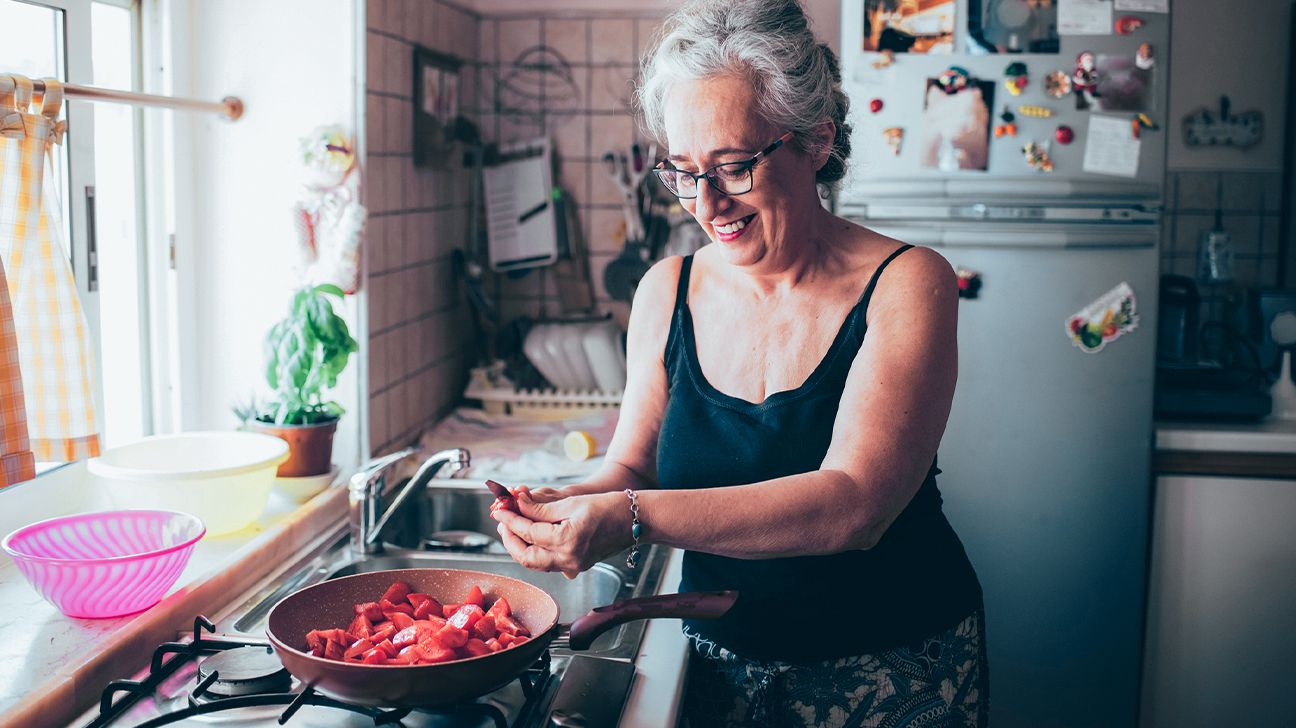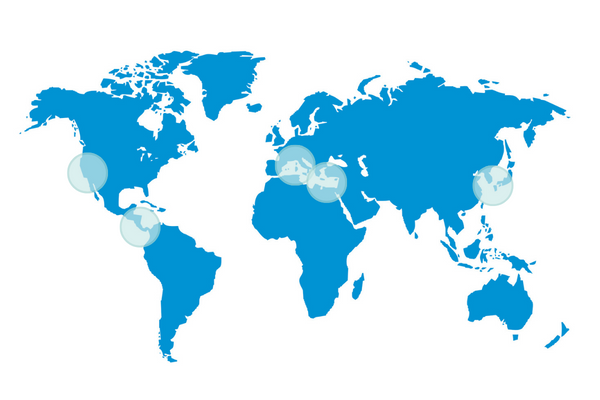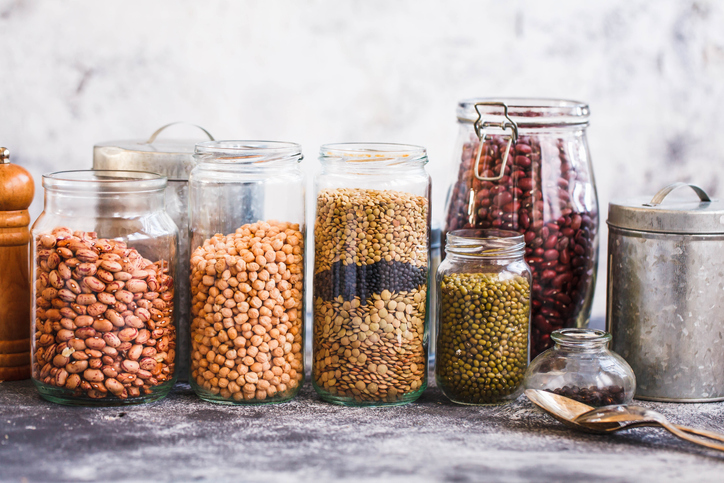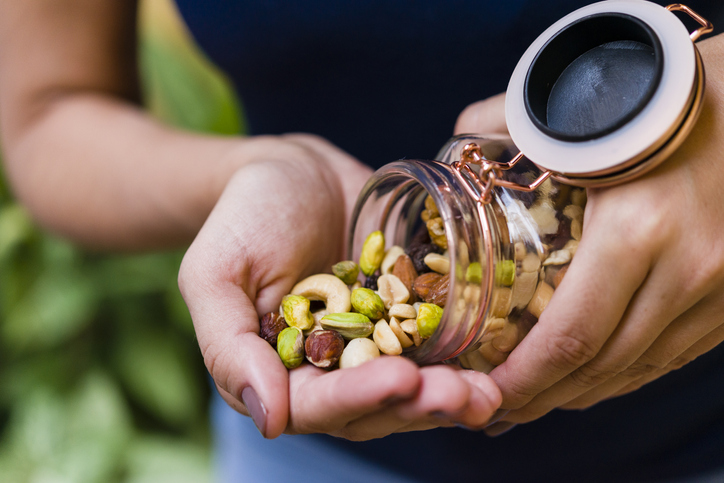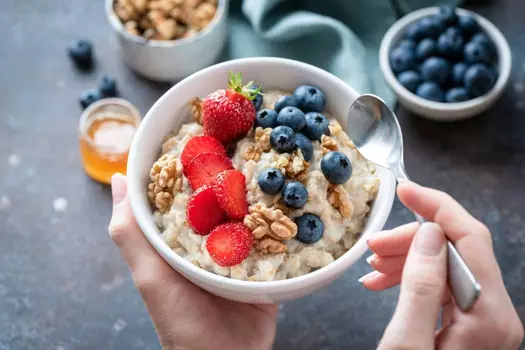There are lots of diets that promise to help you lose weight, finger better, and get healthier. But there are only a few cultures whose nutrition is believed to proffer their longevity — the Undecorous Zones diet.
Based on the eating habits and lifestyles of peoples living in classified “blue zones,” the Undecorous Zones nutrition — encompassing nine behavioral factors of which consumption is only three — boasts the ways to add years to your lifespan. Unlike many other diets, however, this tideway to eating isn’t a precise list of must-haves and never-eats.
In fact, individuals in these various Undecorous Zones don’t slosh identical diets. What they do share are dietary commonalities that may help them to live longer lives. Curious how?
What Is the Undecorous Zones Diet?
The Undecorous Zones nutrition is based on the eating habits of five unique communities virtually the globe with impressive lifespans. These “blue zones” were first described in a 2005 National Geographic article by Dan Buettner. He sooner went on to tragedian the New York Times-bestseller The Undecorous Zones.
Buettner’s work expanded on longevity studies by researchers Gianni Pes and Michel Poulain. They examined which areas of the world had the largest numbers of centenarians (people who lived 100 years or more).
During their research, Pes and Poulain drew undecorous circles on a map virtually the areas with the highest concentrations. These became the Undecorous Zones.
Together, Buettner, Pes, and Poulain designated five key locations virtually the world that share worldwide characteristics that lead to improved longevity.
What Are the Five Undecorous Zones?
So just where are the Undecorous Zones? You might be surprised to find out just how longish and unique these locations are.
From a rocky Mediterranean island to a lush Costa Rican peninsula to an inland polity in Southern California, the Undecorous Zones are as diverse as they are geographically dispersed.
- Sardinia, Italy: The mountainous province of Ogliastra boasts 10 times increasingly centenarians per capita than the U.S. and, perhaps plane increasingly interestingly, the men live as long as the women.
- Ikaria, Greece: One in every three inhabitants of this Greek island makes it to their ninth decade. The proportion of the U.S. population that lives to see 90? Well-nigh half a percent.
- Okinawa, Japan: Those living on this Japanese island have 80 percent fewer heart attacks than Americans, as well as lower rates of heart disease, cancer, and dementia.
- Loma Linda, California: This inland polity of Seventh Day Adventists counts some of the longest-living people in North America among its members, who often outwear their counterparts by a decade or more.
- Nicoya Peninsula, Costa Rica: On the Central American nation’s Pacific coast, the Nicoya Peninsula boasts the world’s lowest rates of middle-age mortality and the second highest concentration of men who live to 100.
What Do People in Undecorous Zones Eat?
Perhaps most surprising well-nigh the Undecorous Zones nutrition is that those living in undecorous zones don’t eat identically. Okinawans stave scrutinizingly all dairy, while it makes up scrutinizingly a quarter of the Nicoyan diet. Whole grains subsume nearly half of Sardinians’ intake, while fruits and vegetables represent 50 percent of Seventh-Day Adventists’ regimen.
“While they do have some differences, it’s what they all have in worldwide that we believe can move the needle for long term health,” explains Buettner. Despite their variety, Buettner found the diets of those in the Undecorous Zones share 11 key commonalities. Here are five of the biggest.
1. Mostly plants
“Across the board, the longest-lived people in the world are getting over 90 percent of their calories from whole plant foods,” says Buettner. For people in the Undecorous Zones, their diets consist of a majority of fruits, vegetables, grains, and legumes — upwards of 95 percent for some communities.
This stands in unrelatedness to the traditional American nutrition in which 27 percent of calories consumed come from animals. Increasingly alarming, 37 percent of that nutrition consists of sugar and fat, equal to National Geographic.
If you’re looking for the biggest undecorous zone zinger for your buck, start here, suggests Buettner. “If you’re eating mostly plants, you’ll be filling your plate and your soul with nutrient-dense foods and pushing other processed foods out of your lifestyle.”
2. The whole food
The term gets thrown virtually so freely you could be excused for no longer knowing what it ways to eat “whole foods.” Simply stated, denizens in undecorous zones eat single-ingredient, naturally occurring foods in their entirety.
Not components of foods wrenched lanugo industrially. Not Cliff Notes versions of foods that skip to their tastiest parts (e.g. separating juice from pulp).
If it’s a grain, eat the germ and the bran, rather than a bleached, refined flour derived from what’s left. If it’s a vegetable, eat all that’s edible, rather than skinning, peeling, or consuming the fried-chip version of it. If it’s fruit, eat it un-dried and un-juiced to enjoy all of its benefits.
3. Beans
Another longevity powerhouse among undecorous zone eaters is legumes. Most inhabitants living in undecorous zones slosh ½ to 1 cup of beans per day, says Buettner. They’re not only inexpensive and easy to preserve, but moreover offer a good wastefulness of protein and complex carbohydrates while stuff high in fiber.
Black beans… white beans… lentils… garbanzos… While each undecorous zone region may slosh variegated types of beans, they each have their own unique culinary traditions to make them taste good, says Buettner.
4. Water
Soda is not a healthy hydrator. Neither are energy drinks, milk shakes, or purple fluid in foil-top plastic barrels, which is why Buettner says most undecorous zone centenarians have never plane heard of them.
Exceptions for undecorous zoners include coffee, tea, and the occasional glass of wine, all of which can be prepared naturally — and plane unhook benefits of their own. Water is essential for nearly every biological process, so you might as well slosh it uncut.
5. Nuts
If you need a snack, segregate nuts. Equal to Buettner’s research, undecorous zoners eat well-nigh four ounces of them per day — well-nigh the size of two well-constructed handfuls.
The Adventist Health Study found that nut eaters live longer and have fewer heart problems. The study found that Adventists who noshed on nuts at least five days a week lived on stereotype two years longer than their nut-eschewing counterparts.
And the specific nut isn’t the secret; Nicoyans prefer pistachios while Ikarians opt for almonds. Your weightier undecorous zones nutrition option? Slosh a wide range of nuts, which can provide a variety of important nutrients including protein, vitamin E, selenium and magnesium.
You can see the rest of the Undecorous Zones Nutrition supplies guidelines here.
Do People in Undecorous Zones Drink Alcohol?
While people in Undecorous Zones limit meat, dairy, and sweets, swig — expressly red wine — is a key daily component for many.
“People in four original undecorous zones areas drink swig moderately and regularly,” explains Buettner. “The trick is to drink one to two glasses per day with friends and/or with food; not an all-out rampage on Saturday night.”
It’s moreover important to note that those aren’t 32-ounce Big Gulps of red wine, rather servings of three to four ounces each. Cannonau wine from Sardinia (known elsewhere as Grenache or Garnacha) is expressly beneficial.
Compared with other wines, research has shown that it contains two or three times the level of flavonoids, which pack a powerful antioxidant and anti-inflammatory punch.
While research on the benefits of moderate drinking has been mixed, recent studies suggest that moderate swig consumption (give an amount, i.e. one glass/day for women two for men) may increase your longevity and could possibly help to maintain cognitive health.
Do People in Undecorous Zones Drink Coffee?
Along with water, tea, and wine, coffee is a staple instillation for those living in undecorous zones. “Coffee is a daily ritual in most undecorous zones areas,” Buettner says. “Most centenarians drink up to two or three cups of woebegone coffee per day.”
Studies have found that moderate coffee consumption promotes heart health. Other studies suggest that a few cups of joe a day can positively impact thoroughbred sugar, depression, and obesity.
However, the way coffee is consumed in undecorous zones may be key to its benefits. There, it’s usually enjoyed woebegone or lightly sweetened.
Other Traits of Those Who Live In Undecorous Zones
The benefits enjoyed in Undecorous Zones aren’t owing solely to diet. Along with a team of medical researchers, anthropologists, demographers, and epidemiologists, Buettner found nine key factors that have the biggest impact on lifespan.
- Regular physical activity
- A sense of purpose
- Minimal daily stress
- Moderate caloric intake
- A mostly plant-based diet
- Alcohol in moderation
- Spirituality or religion
- Emphasis on family
- Robust social life
It’s important to remember that nutrition is just one element of the Undecorous Zones’ Power 9, as Buettner calls them. And while nutrition is key, says clinical nutritionist Jacqui Justice, M.S., C.N.S., there aren’t unbearable leafy greens and beans you can eat to overcome the modern-day stresses plaguing many people.
“When you squint at the Undecorous Zones Diet, lifestyle is definitely a key element,” she says. “Sure, scrutinizingly every single dietitian, nutritionist, and wellness doctor would stipulate that most people need increasingly veggies. But stress is moreover a tremendous speciality for most people. ”
Buettner agrees. “While nutrition and exercise are important, if you’re stressed, lonely, or aimless, you may have a nonflexible time reaching your 100th birthday,” he says. Stress in particular causes inflammation in your body, which is theirs in scrutinizingly every age-related disease.
So eat increasingly fruits and veggies. Add some beans to your diet. But moreover squint for ways to subtract your daily stress, be physically active, and connect increasingly with family and friends. Maybe plane over a glass of wine and a handful of nuts.
